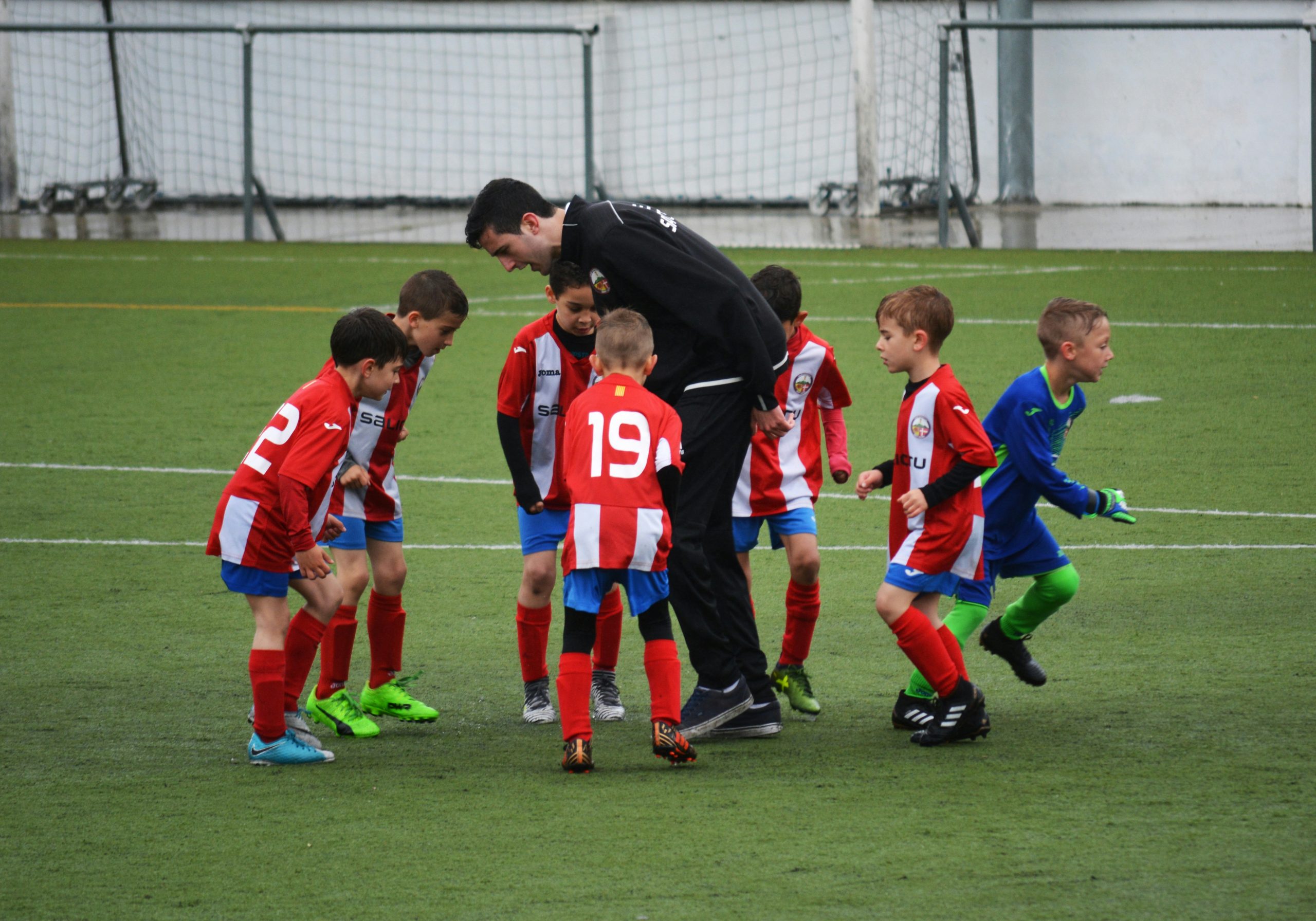
Another observation that has fascinated me since my earliest years in associations is: Who’s allowed to make the call?
What do I mean by that?
Well, if you search for “stories of outstanding customer service,” all kinds of lists come up, compiled by HubSpot and Forbes and RingCentral and others, referencing all kinds of things from dentists to bicycle shops to yoga studios to rescuing a forgotten bridesmaid’s dress to creating a prayer room on the fly to implementing a great idea from a small child.
What do they all have in common?
The sentiment that provided the title of the original post I wrote on this topic in 2011: Be Human.
How does this apply to associations?
As I wrote in that original post:
…your senior staff can always make exceptions based on member needs and doing what’s right, but that’s totally unhelpful, since they are rarely the ones dealing with the immediate need in the moment. If your line staff members aren’t empowered to make decisions and do what they need to do in the moment to make things right for a member without worrying about being punished afterward for not following the rules, any statements your organization makes about being member-focused or providing excellent member service are so much bullshit.
Thirteen years later, I still stand by that.
In my very first job in associations 27 years ago, I stepped into running a membership department staffed by dispirited people for an association with declining membership. A big reason for ALL of that was that the association had a reputation for poor customer service that was a factor of staff who were NOT “empowered to do what they needed in the moment to make things right for a member without worrying about being punished afterward for not following the rules.”
So that was one of the first things I changed as leader of that team, with the promise that any blowback from anywhere else in the association for any decisions my team members made would stop with me. They were promised – and I delivered – 100% “the buck stops with Elizabeth” immunity.
Did it work?
Yes – by the time I left the association seven years later, not only had we arrested the slide, we’d grown membership by more than 50% AND fixed the cultural issues within the team.
Empower your people to do the right thing, to be the ones to “make the call.” You won’t regret it.
Photo by Adrià Crehuet Cano on Unsplash





